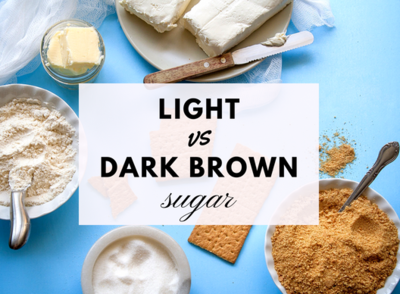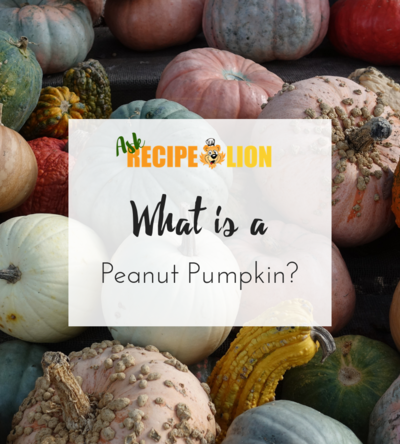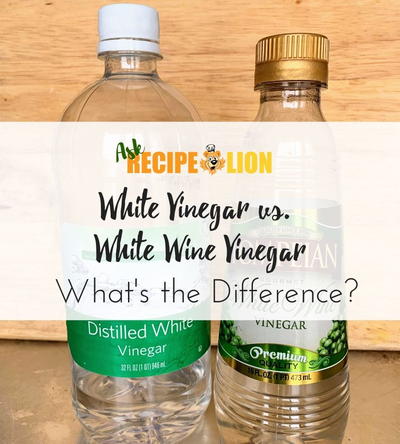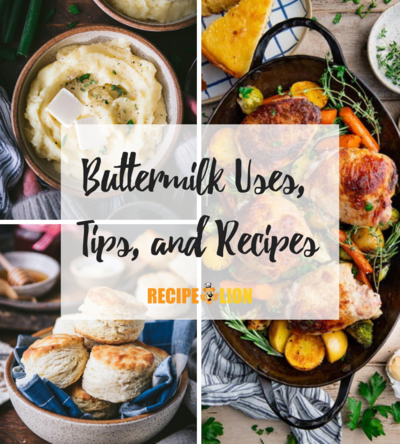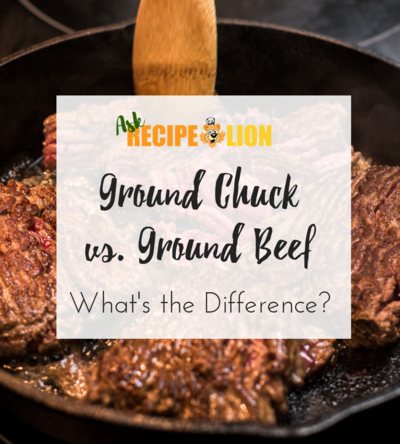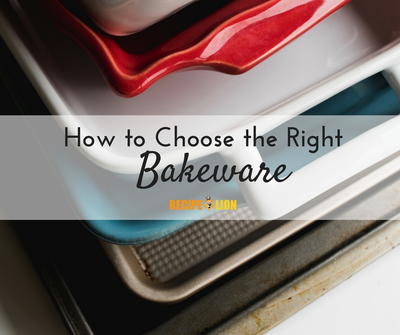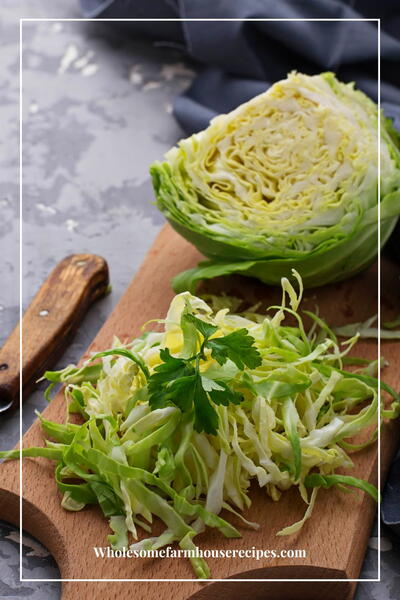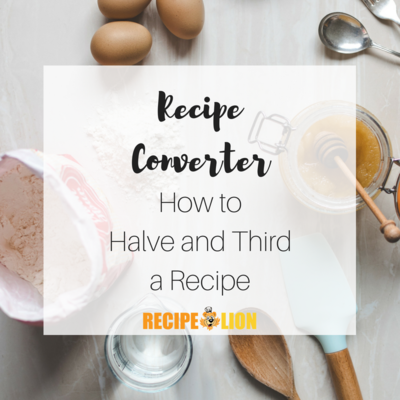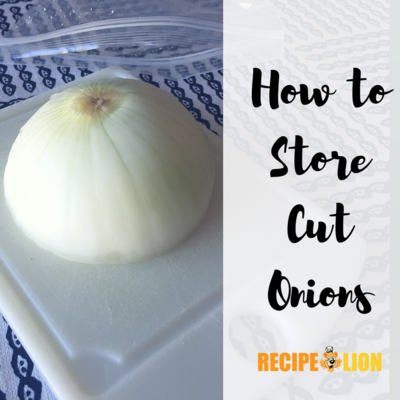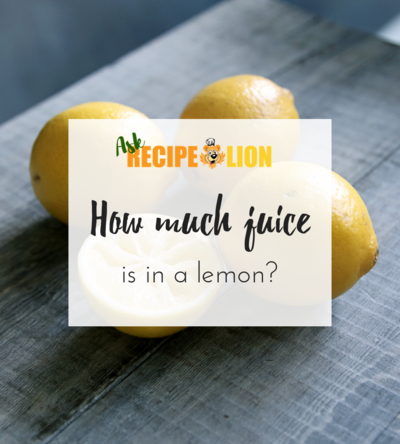Light vs. Dark Brown Sugar
Here's the skinny on the difference between light and dark brown sugar!
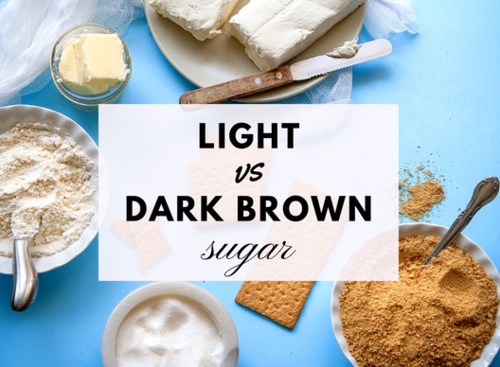
Here at RecipeLion, we understand the panic that can overwhelm you when you've started a recipe only to realize that you don't have all the right ingredients! Your perfect cookie recipe calls for dark brown sugar, but you only have light brown sugar. What do you do?
Well, first you need to understand the difference between light and dark brown sugar. There are several things to consider when using dark brown sugar instead of light brown sugar or vice versa, and most of them come down to ingredients, taste, and texture. So sit back and read on, because our article on Light vs. Dark Brown Sugar will teach you the difference between them, as well as which is better, light or dark brown sugar. Enjoy!
What is the difference between light and dark brown sugar?
Believe it or not, these two different sugars started as the same product. The only difference between light and dark brown sugar is the amount of molasses in them.
You see, all sugar begins as either sugarcane or sugar beets. Once the sweet, sugary juice is extracted from the stalks (by running over them again and again with big wheels -- elegant, we know), that juice is boiled into syrup. When the water evaporates, the sugar crystallizes into the form we know today. In this form, it is known as raw sugar. But it doesn't stop there! The raw sugar is bleached and refined into white granulated sugar, and that's where brown sugar begins to exist.
White granulated sugar is then mixed with molasses, which changes its color. Whether it changes to light brown or dark brown determines if it will be, well, light or dark brown sugar! Light brown sugar has 3.5% molasses per total volume of sugar, while dark brown sugar has 6.5% molasses.
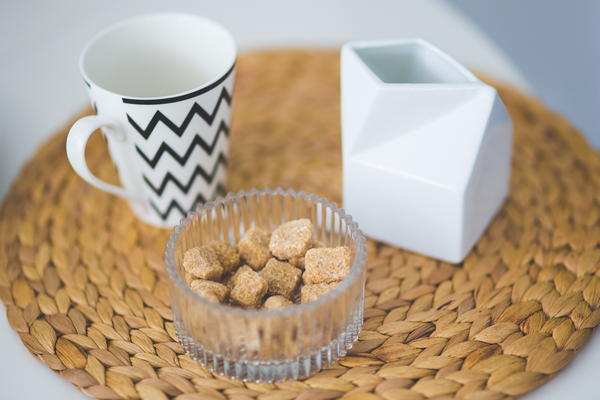
Can you use light instead of dark brown sugar?
Can you substitute dark brown sugar for light brown sugar, and vice versa? Yes -- easily! As long as you are aware that there are differences in these two ingredients, brown sugar substitutions should be a simple matter for you. Here's what to keep in mind:
Dark brown sugar weighs more, has more moisture in it, is more acidic, and (as we know) contains more molasses. Here's what that means for you. Using dark brown sugar will result in a deeper caramel flavor that some people have even compared to toffee in its richness. Think of gingerbread -- dark brown sugar is a staple in it. Using dark brown sugar also changes the texture. If you didn't know this, acidity activates baking soda! So if you use dark brown sugar in baking, those pastries will rise higher, though only slightly. The biggest difference you'll see is in color. Desserts made with these two types of sugars look very different from each other.
It can be a little more difficult to use light brown sugar in recipes that didn't ask for it, but if you know how to make dark brown sugar, you'll be okay. Add teaspoons of molasses to light brown sugar in the food processor until you achieve a good color and consistency, and you'll have your own homemade dark brown sugar! If you don't have molasses on hand, here are some great molasses substitutes to use instead.
So, which is better, light or dark brown sugar? It's completely dependent on your recipe. These similar ingredients are both great in their own ways!
What is your favorite recipe that uses brown sugar? We'd love to hear about it in the comments!
Your Recently Viewed Recipes
Blando Calrissian
Jun 13, 2018
I never knew the differences between the types of brown sugar! What a great informational guide!
Report Inappropriate Comment
Are you sure you would like to report this comment? It will be flagged for our moderators to take action.
Thank you for taking the time to improve the content on our site.

